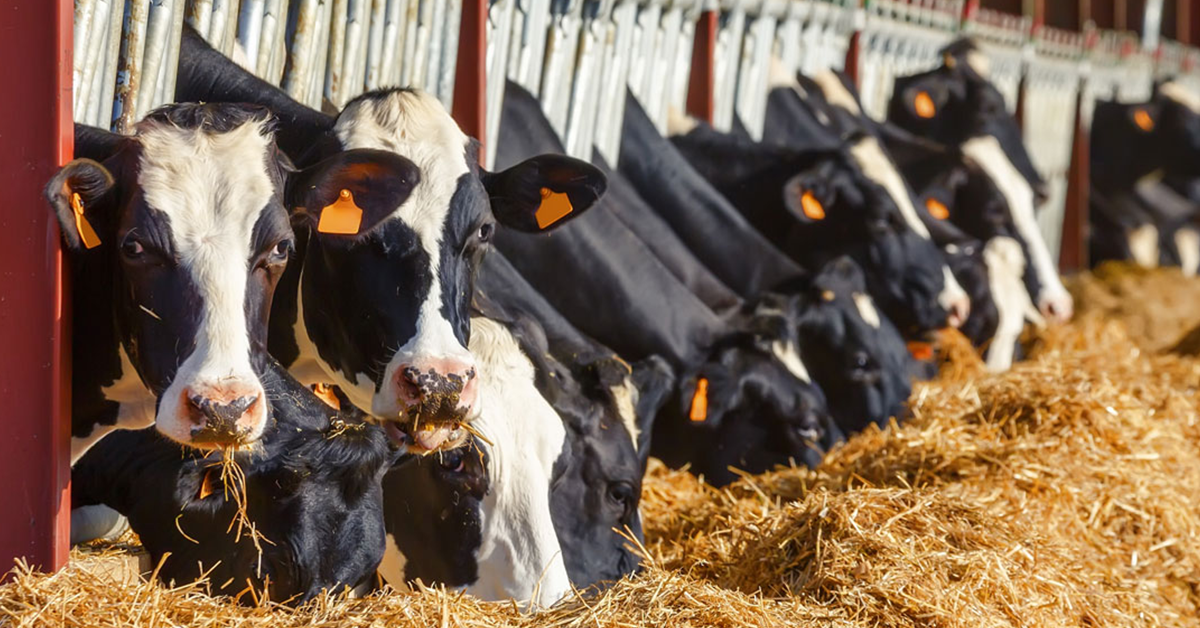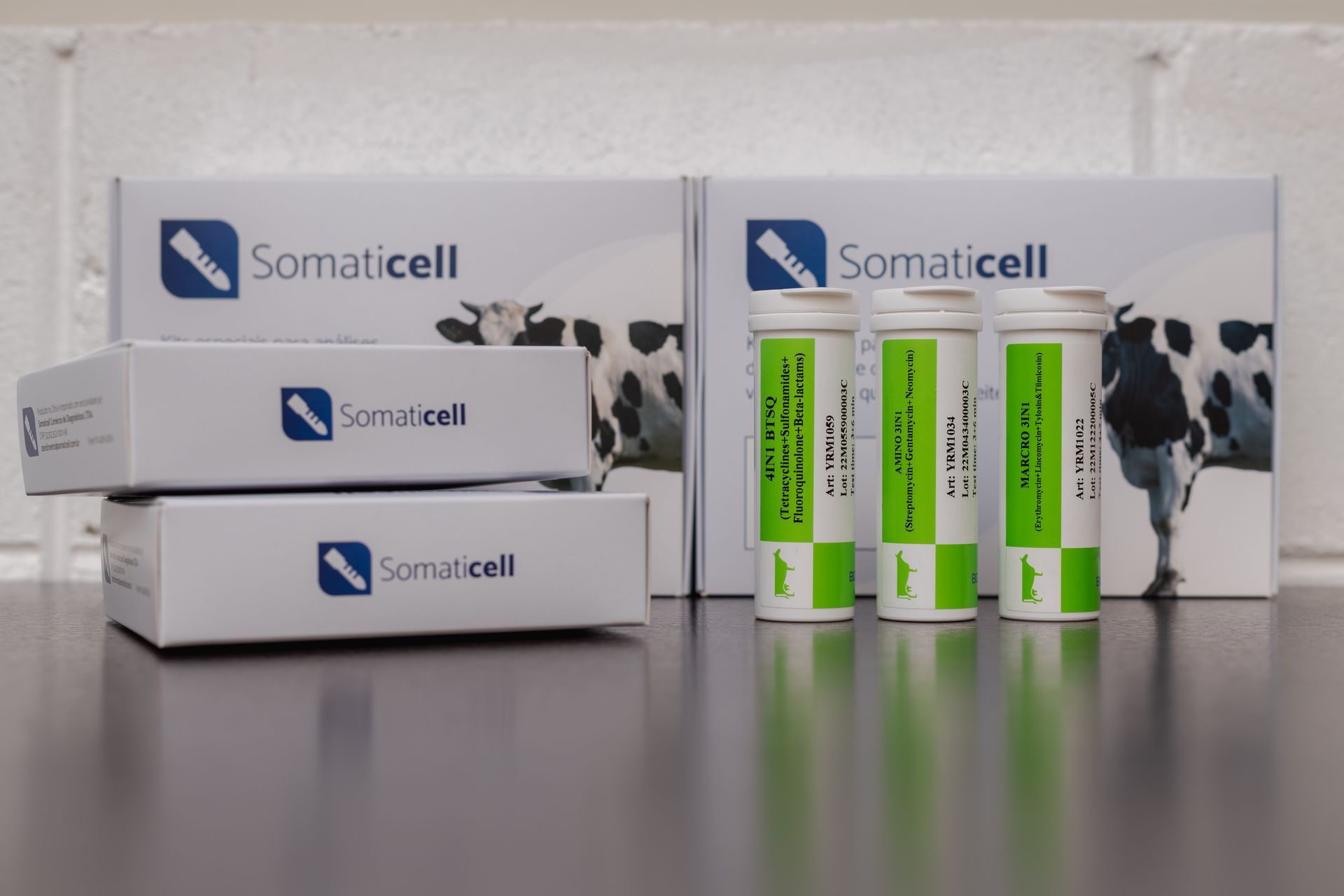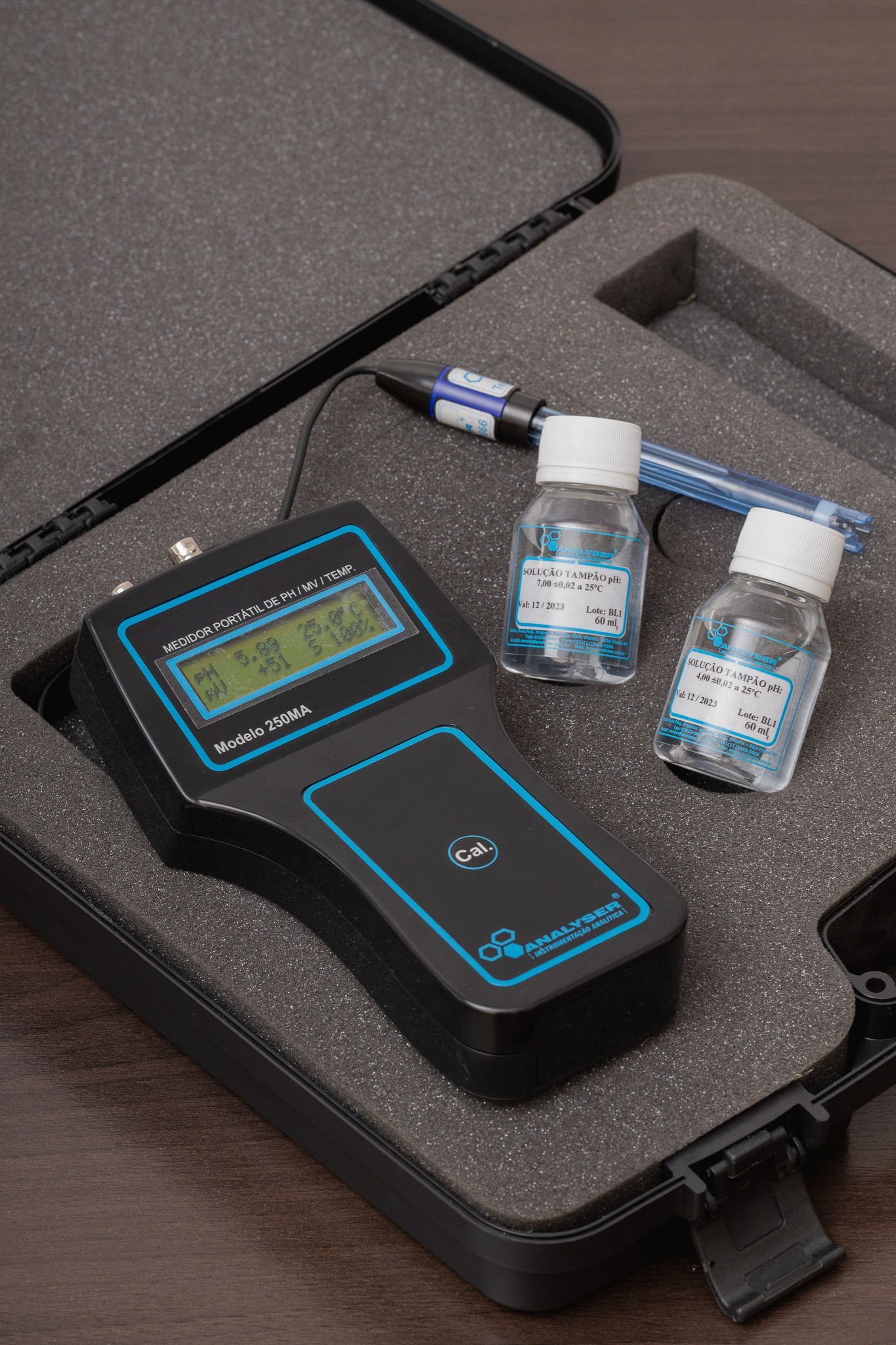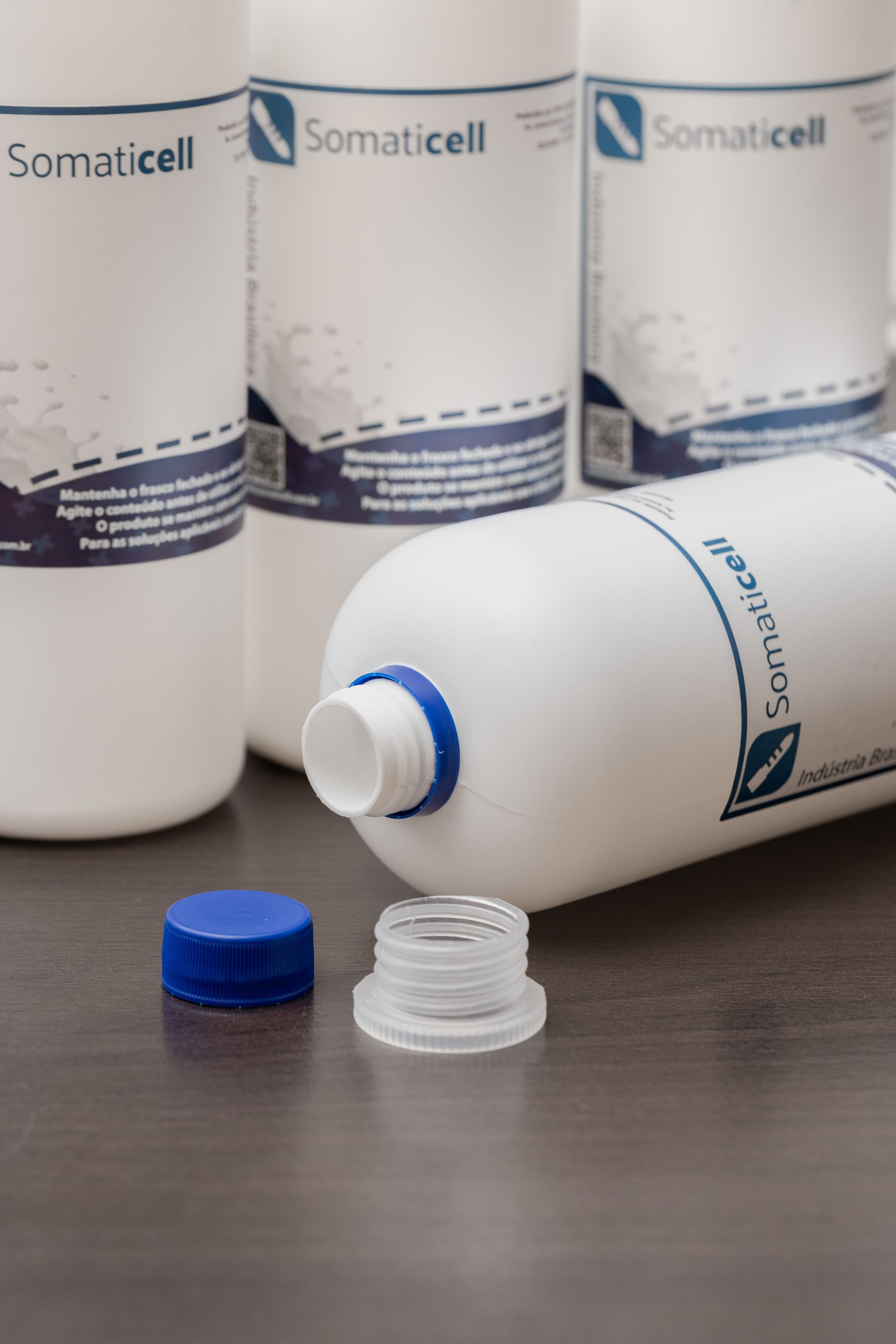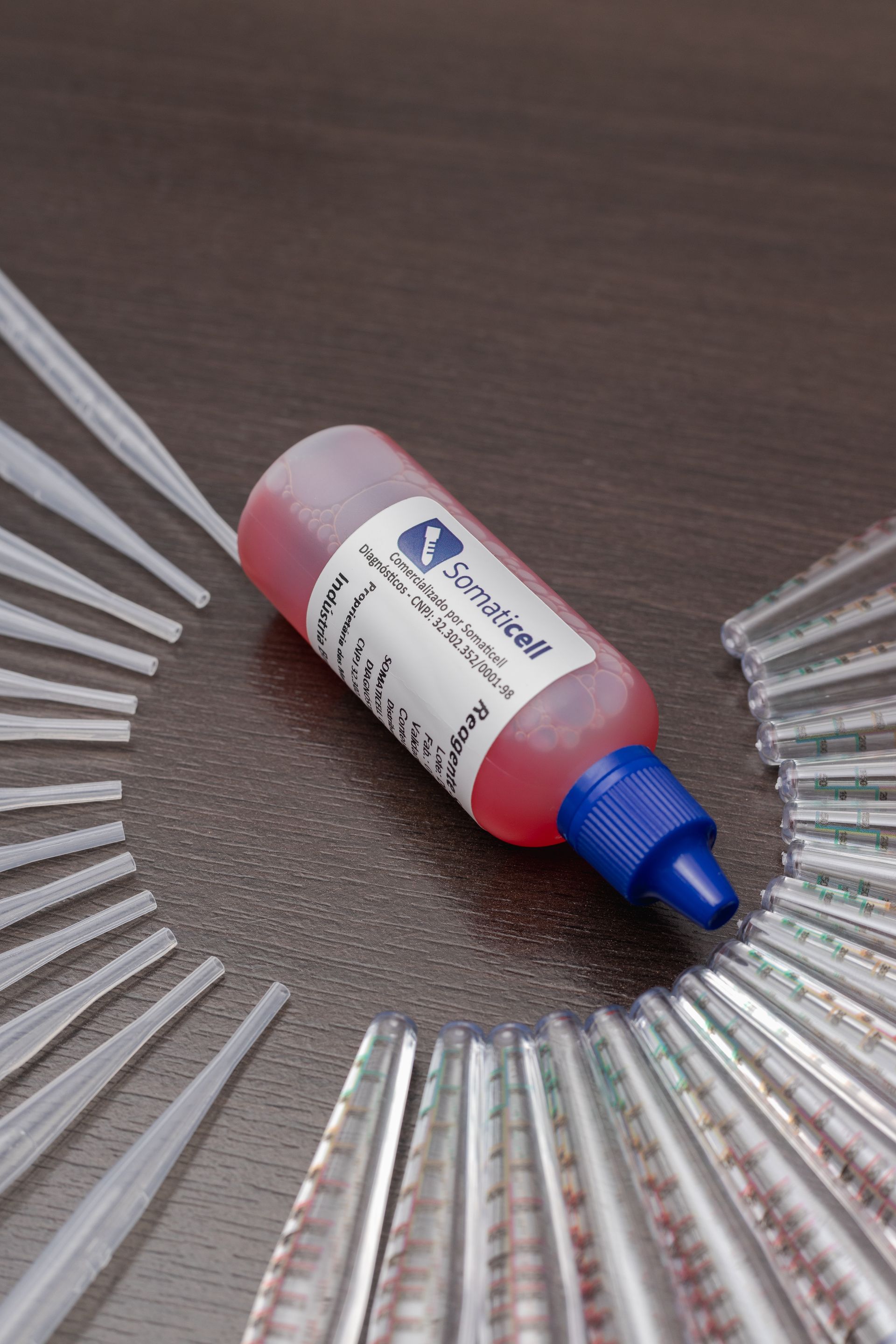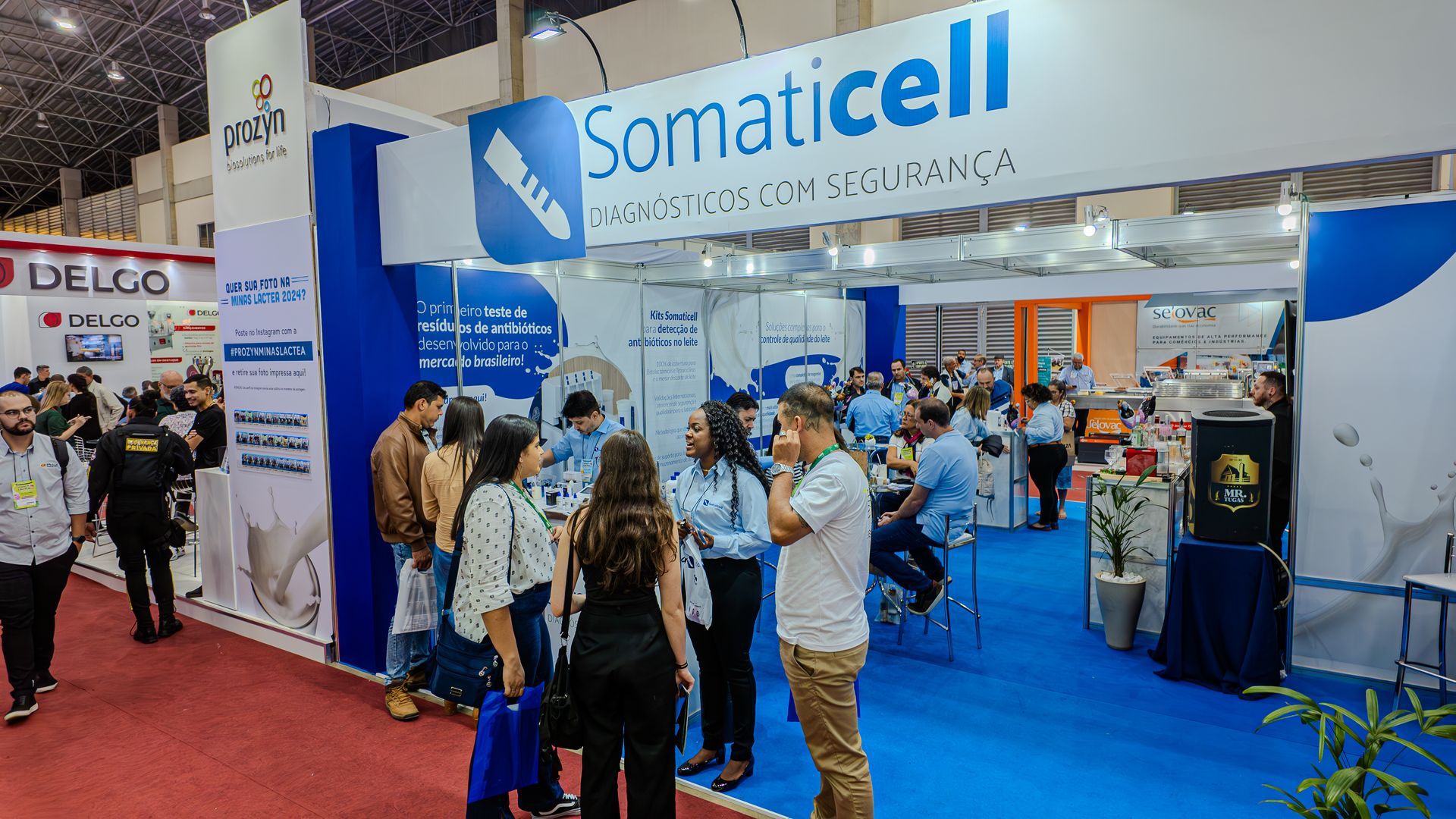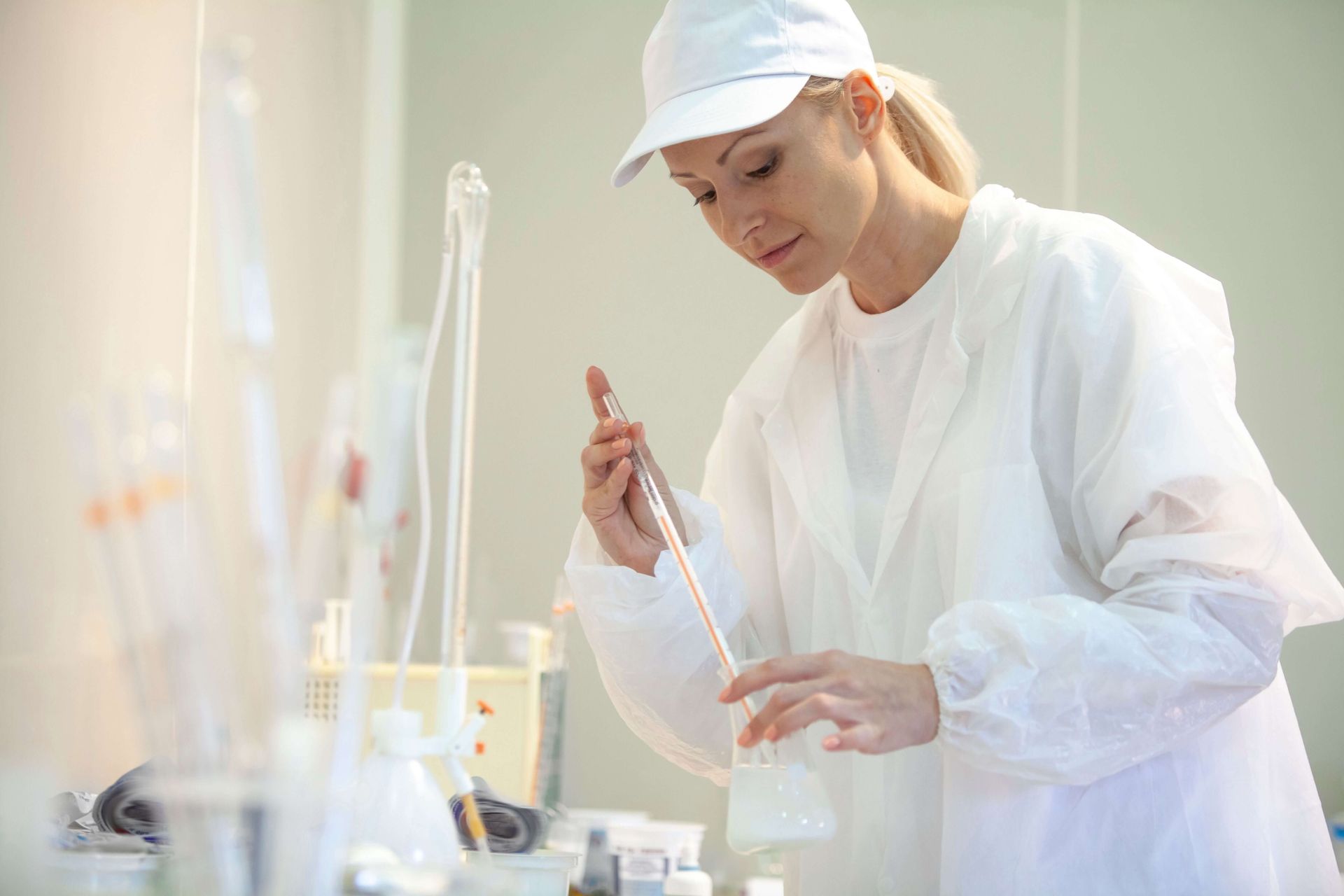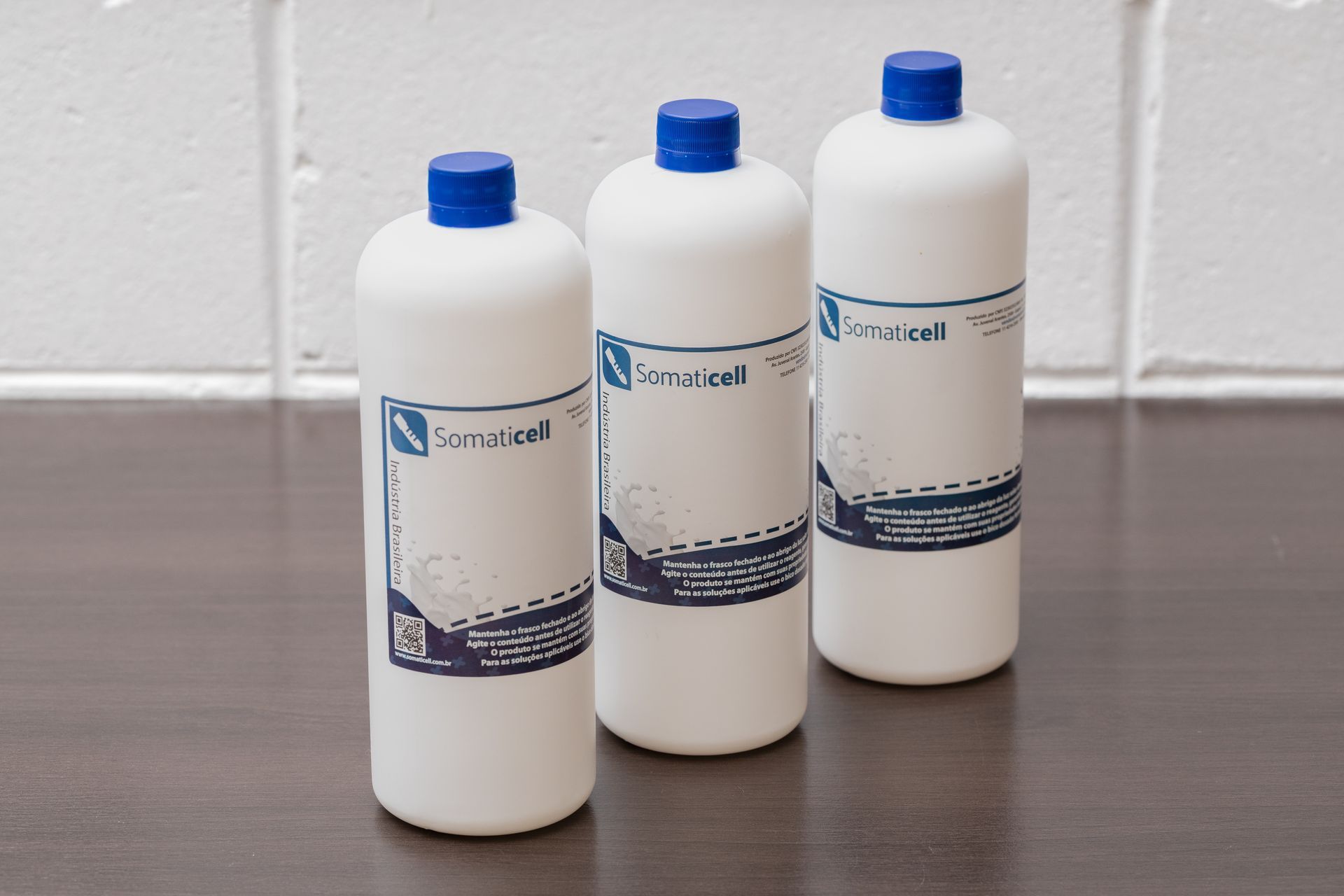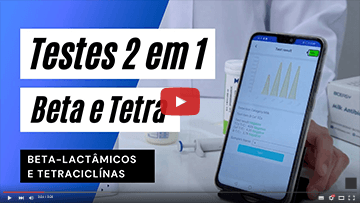Outbreak of clinical mastitis: learn how to avoid it!
Outbreak of clinical mastitis can be very harmful for your business.
Mastitis is a very costly problem for dairy farmers, given the negative consequences for the health of cattle.
Como vimos anteriormente, a mastite é uma doença complexa e multifatorial, que se caracteriza por um processo inflamatório da glândula mamária.
E para dificultar o diagnóstico, a mastite envolve diversos patógenos, fatores ambientais, bem como fatores inerentes ao animal.
A mastite é uma das mais frequentes infecções que acometem o gado leiteiro, levando a perdas econômicas pela diminuição na produção e na qualidade do leite, à elevação dos custos com mão-de-obra, medicamentos e serviços veterinários, além disso pode levar ao descarte precoce de animais.
This disease can occur in two ways. The first, and most prevalent, is the silent one, considered subclinical. This occasion represents 70% of all cases of mastitis.
On the other hand, the other 30% of production losses are due to clinical mastitis.
The outbreak of clinical mastitis is extremely worrying. This is because the consequences for the health of the herd are serious.
To better clarify doubts about clinical mastitis, continue reading this article.
Follow!
Subclinical mastitis vs clinical mastitis
First, it is important to note that factors related to the onset of mastitis in cattle may include: the farm's production system, the environment in which the cows are kept, the level of immunity of the cow and the type of invading pathogen that causes mastitis. infection.
However, there are two main causes of mastitis and they include:
- Infecção – A maioria dos casos de Mastite geralmente ocorre como resultado de uma infecção bacteriana como Streptococcus agalactiae e Staphylococcus aureus. A infecção então incita uma resposta imune que se desenvolverá para mastite na vaca.
- Lesão – A mastite também pode ocorrer como resultado de lesão no úbere da vaca. A lesão pode ser física, química, mecânica ou térmica.
As we mentioned at the beginning of the article, mastitis can present in its subclinical form, but also in its clinical form. See the differences:
Subclinical mastitis
Because it does not show visible signs and goes unnoticed by owners and employees, subclinical mastitis can spread in the herd, infecting other cows.
Even silent, subclinical mastitis causes the destruction of the functional capacity of the mammary gland, causing a decrease in milk production and damage to the health of the animal.
In addition, subclinical mastitis promotes changes in milk composition, such as an increase in SCC and changes in casein, calcium, fat and lactose contents.
In this scenario, there is the lowest yield in the production of milk and its derivatives and decreasing the shelf life of the products.
No Brasil a ocorrência da mastite subclínica foi de 72% nos estados de Minas Gerais e São Paulo.
Due to its silent character, subclinical mastitis does not attract much attention from producers, therefore, the losses can be enormous.
Clinical mastitis
In the case of clinical mastitis, the main theme of our article, the disease is characterized by the appearance of edema, temperature increase, hardening and pain in the mammary gland or the appearance of lumps, pus or any changes in the characteristics of the milk.
Undoubtedly, clinical mastitis determines high losses due to milk disposal, medication expenses, functional loss of glands and even death of the animal.
Clinical mastitis can be classified into 4 levels:
- Superacute
Associated with infection by environmental agents from the group of coliform microorganisms.
In this form, the symptoms are characterized by very intense inflammation, with the presence of systemic signs, such as fever, dyspnea, hypotension, prostration and anorexia, among others.
- Acute
In the acute form, the signs of the superacute form are present, however, the evolution is slower and the systemic signs are more discreet.
- Subacute
The subacute form is characterized by the presence of lumps in the mug test, with the other inflammatory signs being more discreet. When it becomes chronic, the disease is characterized by persistent infection of the udder, which can last for days, months or years.
Furthermore, there may be signs of fibrosis in the affected quarters, in some cases accompanied by atrophy and the presence of fistulas.
- Gangrenous
In gangrenous mastitis, the affected mammary quarter is cold, with an altered color, ranging from dark to bluish-purple, and without sensitivity.
The affected room may be humid and with constant dripping of blood-tinged serum.
Outbreak of Clinical Mastitis: How to solve it?
Environmental microorganisms are considered opportunistic agents that normally cause outbreaks of clinical mastitis in its severe form.
The most relevant environmental agents are coliforms and streptococci species, except S. agalactiae.
In this scenario, the main source of environmental agents is the place where the cow lives.
Environmental intramammary infections usually originate in the dry period, and are independent of the presence of other cows infected by the same microorganism.
So far, we have seen that subclinical mastitis is the most prevalent in Brazil, but what to do when an outbreak of clinical mastitis suddenly occurs?
First of all, it is necessary to understand what are the causes of the problem.
To set up an outbreak control action plan on your farm, use the FCA tool that is part of the Agro+Lean management model.
Follow the tips below:
Outline the problem
Use facts and data to describe the problem. Run away from assumptions and opinions. Also, pay attention to the indicators. You can use the data to understand the problem. Then you can get a sense of the time that cases started to exceed the control limits.
Analysis of the impacts of the problem.
It is necessary to ask yourself what the impact of the outbreak of clinical mastitis is for customers (internal and external) and for the business. But why this question? Well, we know that this is not the only problem on a farm. In this way, the manager needs to organize the priorities to be worked on.
If it concludes that the impact is low and that there are other bigger problems going on on the farm, address the most urgent one.
However, if the outbreak has high impacts, treatment needs to be prioritized.
It should be noted that an outbreak of clinical mastitis can lead to several consequences, such as:
- Delivery of less milk to the customer;
- Reduction in cow production;
- More spending on antibiotics;
- Delivery of sick animals to the handling system and increasing the milking time;
- Change in routine and cashier.
The three master questions: When, how and with whom?
Gather the indicators, anomalies, reports and all facts related to the problem. With this information, analyze:
- Did the problem occur in a single period? (on the same day of the week, or any other frequency?);
- Did it happen to a specific individual? Or with a group of individuals in common (for example, only with primiparous cows, or with more advanced SLI)?
- Did it happen in one place? (same lot, or paddock);
The results of applying this method
To illustrate, the analysis through the FCA was applied in a farm in the state of Paraná and the following points were observed:
- The number of mastitis had been under control in the last months and increased in the last 3 weeks;
- They are distributed across all farm lots, on cows of varying DEL and age ranges;
- Other milking indicators, cow and filter dirt, also showed values outside the expected range in the same period.
Using this analysis model, it is possible to have a more assertive look at the problem. Thus, it is possible to look for the causes in a targeted way.
When the manager has a better understanding of the problem, it is possible to know where to start thinking about the solution.
Control and prevention of clinical mastitis
Even knowing that clinical mastitis occurs mainly due to environmental causes and pathogens, contagious mastitis can also lead to the appearance of a clinical outbreak.
In this way, understand the forms of control and prevention for both cases.
Control and prevention of contagious mastitis
In general, the three basic principles for controlling contagious mastitis are based on:
- Decreased exposure of teats to pathogens;
- Increased immune resistance of the cow;
- Antibiotic therapy aimed at reducing the level of new infections.
Also, to obtain effective control of contagious mastitis, exposure of teats to pathogens must be reduced.
This action can be carried out through hygienic-sanitary control, with the aim of reducing the rate of colonization of teats and disinfecting the surface of colonized teats.
As a preventive measure, to disinfect the surface of the teats, pre-dipping and post-dipping must be carried out, which is the complete immersion of the teats in a disinfectant solution.
Also, the correct management of milking is a crucial factor for the control of contagious mastitis.
Therefore, it is necessary to avoid using cloths or sponges on more than one cow.
It is worth noting that it is extremely important to provide training for milkers and to disinfect teat cups after milking.
Finally, it is necessary to monitor the SCC results in the milk in the tank to evaluate the efficiency of the control program. Ideally, the CCS should not exceed 200.000 cells/mL.
Control and prevention of environmental Mastitis
In the case of environmental mastitis, which more frequently develops the clinical form, control revolves around environmental hygienic-sanitary practices through cleaning pastures, stables and the milking parlour.
Therefore, the accumulation of feces, manure, stagnant water or mud should be avoided, especially in the places where the cows stay.
It is necessary to remove cows with chronic mastitis from the herd and avoid animals with an infection that could contaminate the ground from entering the herd.
An important aspect in the control of environmental mastitis is that it usually manifests itself in well-managed herds, in addition, with low CCS.
But why this happen?
Well, due to the high prevalence of subclinical mastitis and the high SCC of herds with contagious mastitis problems, these cattle have some partial protection against environmental agents.
In view of this characteristic, when a mastitis control program is started, it must be comprehensive, covering both contagious and environmental mastitis control measures.
This is because by controlling only contagious mastitis, a significant drop in SCC can be achieved, followed by outbreaks of acute clinical mastitis caused by environmental pathogens.
General attitudes to reduce the incidence of clinical mastitis
It is important to adopt some general attitudes that can be taken by producers in order to mitigate its incidence:
- Maintain housing management, with effective disinfection preparation for good milk hygiene, milk health and disease control;
- Make sure the treatment area is clean as more problems can occur with poor sanitation and unhygienic environment;
- Avoid keeping cows in confined areas as much as possible;
- Identify immediately in order to treat cases of clinical mastitis, including the use of the most appropriate treatment for the symptoms;
- Perform regular and hygienic maintenance of milking equipment;
- Keep a good record of all aspects of mastitis treatment as well as all cases, in order to monitor the incidence of infections, changes, treatment and prevention plans in the cattle herd;
- Make sure the cows are getting proper nutrition and clean grass so they can maintain an immune system. That way your herd will be less prone to infectious microorganisms causing mastitis;
- Consult your veterinarian for a suitable plan regarding treatment, but also prevention of mastitis on your farm.
Somatic cell count and diagnosis of bovine mastitis
O diagnóstico da mastite pode ser feito de diversas formas. Contudo, o método mais eficaz é através da contagem de células somáticas (CCS).
Milk from healthy cows with no record of mammary gland infections has a small number of somatic cells, about 50.000 per mL.
When it comes to the mastitis factor, the disease presents as a direct consequence of the increase in the number of somatic cells, for values above 250.000/mL.
Tendo em vista a eficácia da metodologia, a contagem das células somáticas é um fator determinante para detectar a mastite bovina.
It is important to know that mastitis is the most common infection in dairy herds, causing great direct damage, since it reduces production, fertility, and quality of milk.
Thus, by adopting the CCS, the farm can diagnose clinical mastitis in an amplified way, collecting a large amount of samples.
In this way, testing costs are reduced, increasing the scope for faster identification of contaminated cows.
Do you want to know how to further improve the bovine mastitis control procedures in your herds? We at Somaticell can help you!
With our bovine mastitis diagnostic solutions, your milk production chain will never be the same.
Para saber mais informações sobre nossos serviços, entre em
Contact com a gente e fale com um de nossos especialistas!
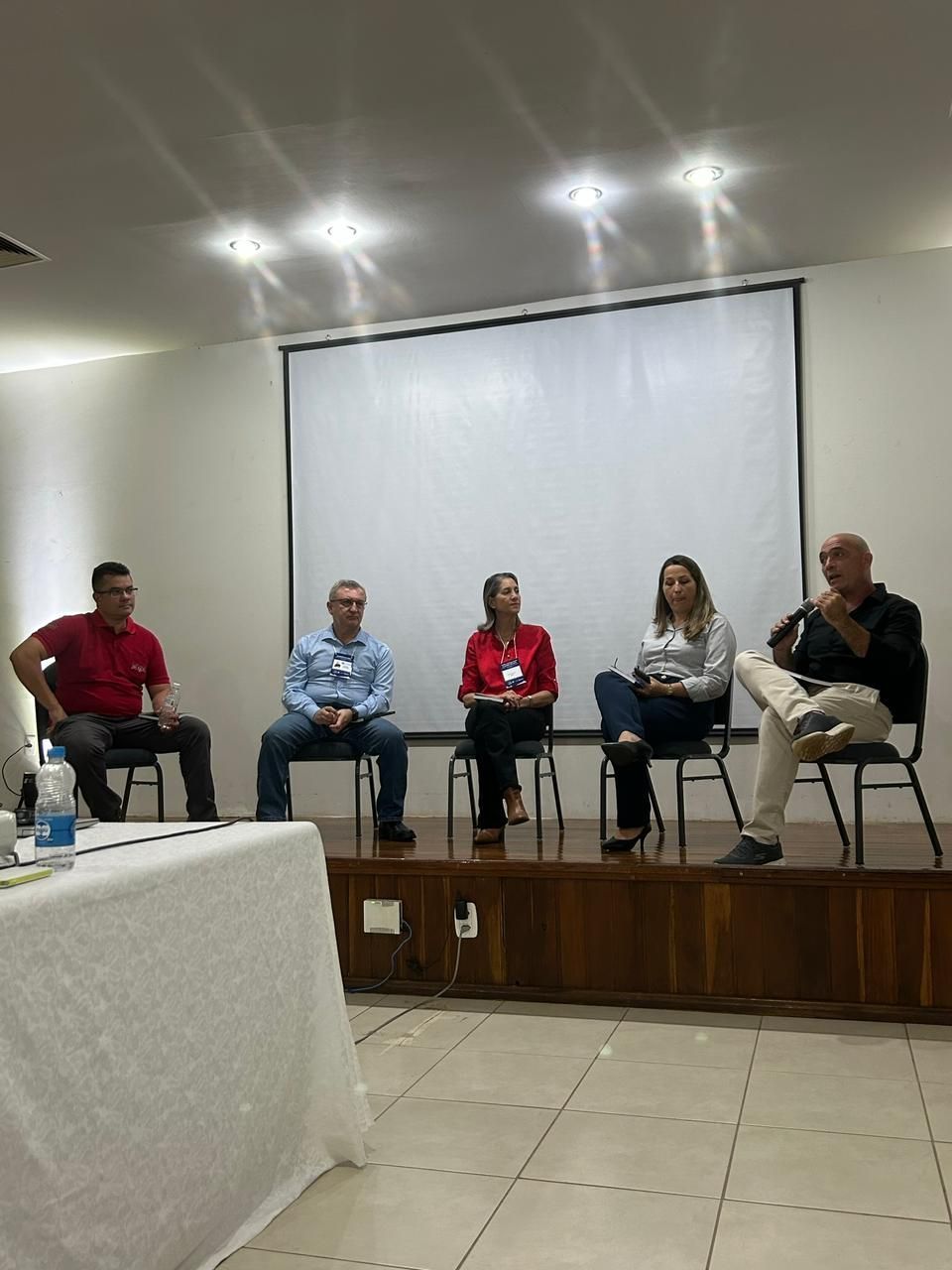
Conheça nosso App

Our Educational Videos
Somaticell on Social Networks


